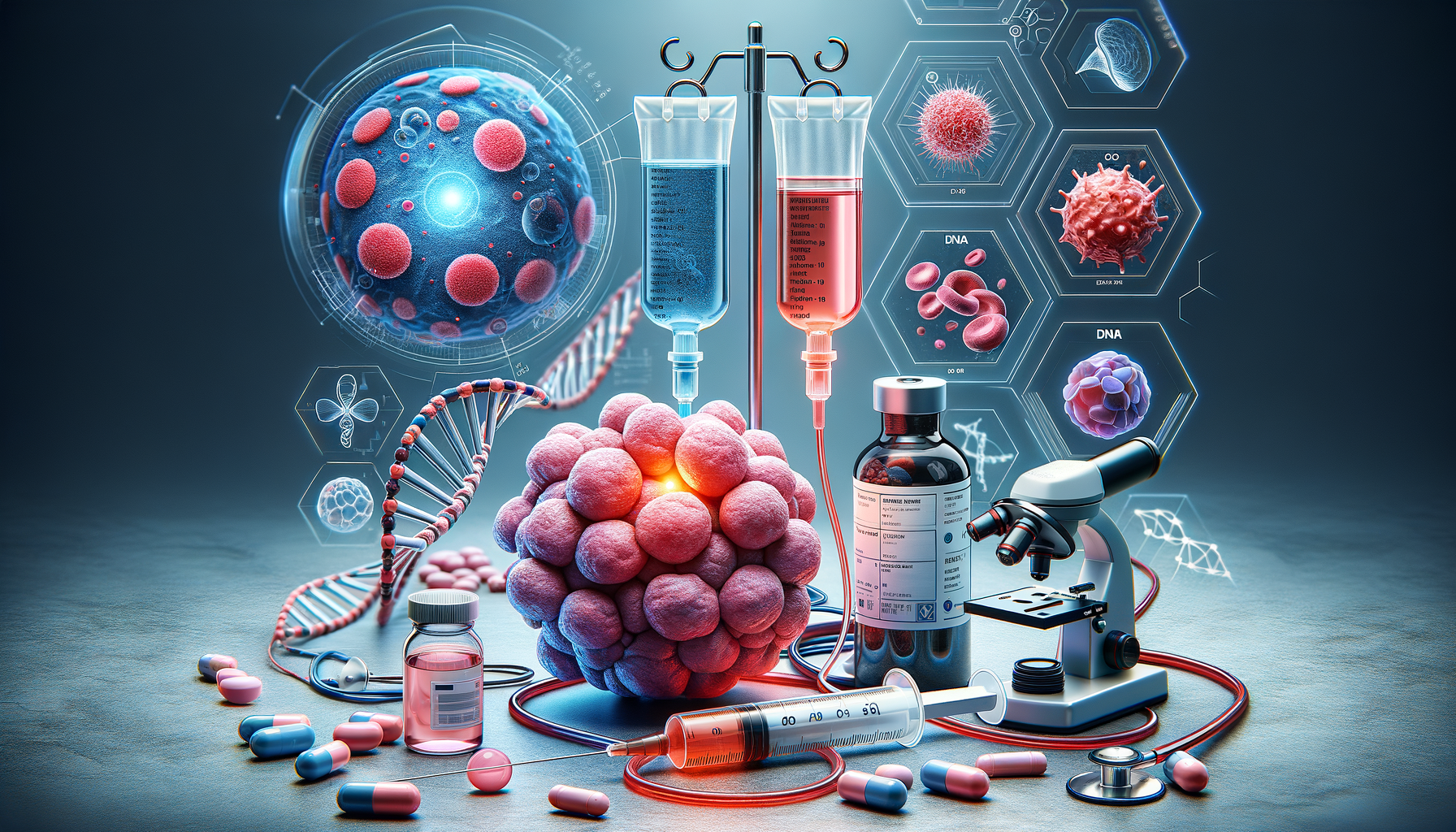Understanding Leukemia and Its Types
Leukemia is a type of cancer that affects the blood and bone marrow, characterized by an overproduction of abnormal white blood cells. These cells crowd out healthy blood cells, leading to a range of health issues. Understanding the different types of leukemia is crucial for determining the appropriate treatment. The main types include acute lymphoblastic leukemia (ALL), acute myeloid leukemia (AML), chronic lymphocytic leukemia (CLL), and chronic myeloid leukemia (CML). Each type progresses differently and affects various age groups. For instance, ALL is more common in children, while CLL typically affects older adults. The treatment plan often depends on the specific type of leukemia, as well as the patient’s age, overall health, and the stage of the disease at diagnosis.
Traditional Treatment Options
Traditional treatments for leukemia have been developed over decades and include chemotherapy, radiation therapy, and stem cell transplantation. Chemotherapy uses drugs to kill cancer cells or stop them from growing. It is often the first line of treatment for many types of leukemia. Radiation therapy uses high-energy rays to target and kill cancer cells, and it may be used in conjunction with chemotherapy or as a standalone treatment. Stem cell transplantation, also known as bone marrow transplant, involves replacing the diseased bone marrow with healthy cells. This procedure is often considered for patients who do not respond to chemotherapy or have a high risk of relapse. Each of these treatments comes with its own set of risks and benefits, and the choice of treatment often depends on the patient’s specific circumstances.
Targeted Therapies and Immunotherapies
Recent advancements in leukemia treatment include targeted therapies and immunotherapies, which offer new hope for patients. Targeted therapies work by focusing on specific molecules involved in the growth and survival of cancer cells. These treatments tend to have fewer side effects compared to traditional chemotherapy because they are designed to target only cancer cells while sparing healthy ones. Immunotherapies, on the other hand, harness the body’s immune system to fight cancer. This can include monoclonal antibodies, which are designed to recognize and attack cancer cells, or CAR T-cell therapy, which involves modifying a patient’s T-cells to better recognize and destroy leukemia cells. These therapies have shown promise in treating certain types of leukemia, particularly in cases where traditional treatments have failed.
Managing Side Effects and Complications
Leukemia treatments can cause a range of side effects and complications, which vary depending on the type of treatment and the individual patient. Common side effects include fatigue, nausea, hair loss, and an increased risk of infections due to lowered white blood cell counts. Long-term complications can also arise, such as damage to the heart or other organs, secondary cancers, or fertility issues. Managing these side effects is an important aspect of the treatment process and often involves supportive care, such as medications to control nausea and pain, nutritional support, and psychological counseling. Patients are encouraged to work closely with their healthcare team to address any side effects and maintain their quality of life during and after treatment.
Future Directions in Leukemia Research
Research in leukemia treatment is ongoing, with scientists exploring new ways to improve outcomes and reduce side effects. One area of focus is the development of more precise diagnostic tools that can better identify the specific genetic mutations involved in a patient’s leukemia. This information can be used to tailor treatments to individual patients, potentially improving effectiveness and minimizing side effects. Another promising area of research is the use of combination therapies, which involve using two or more treatments together to enhance their effectiveness. Clinical trials are also underway to test new drugs and treatment approaches, offering patients access to cutting-edge therapies. As our understanding of leukemia continues to grow, so too does the potential for new and improved treatments.




Leave a Reply